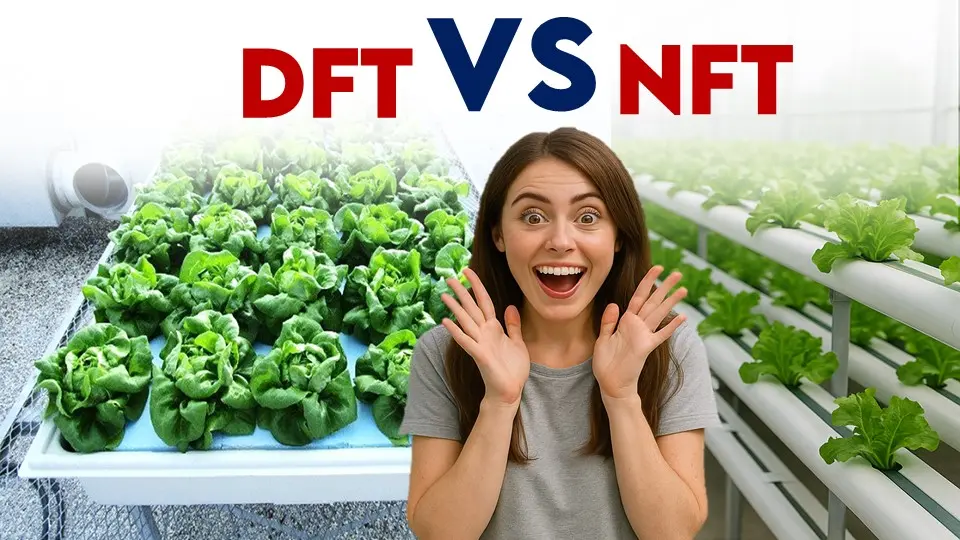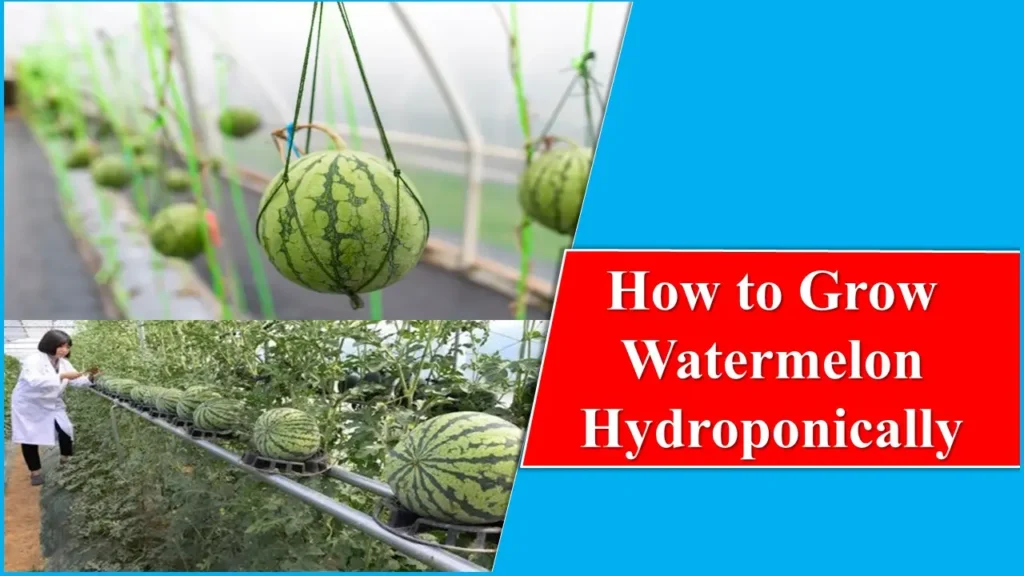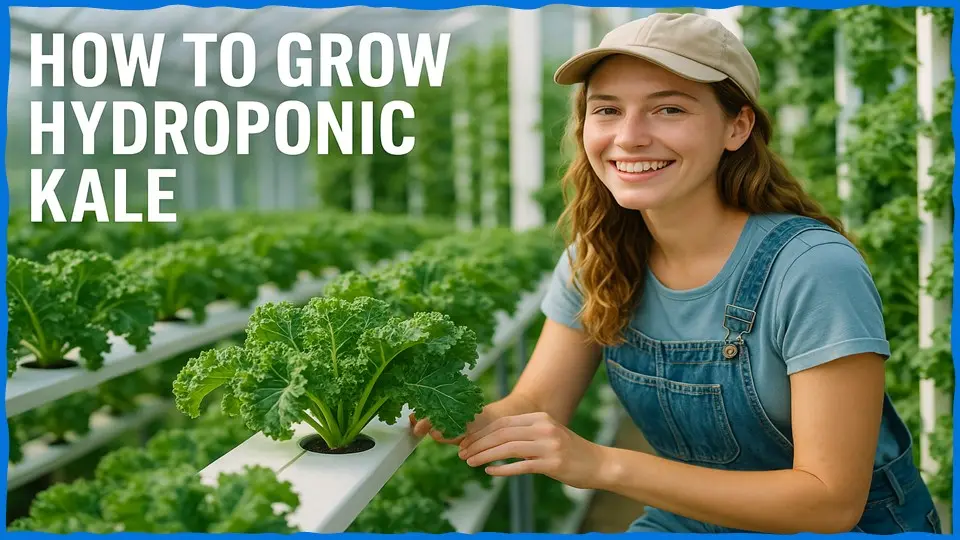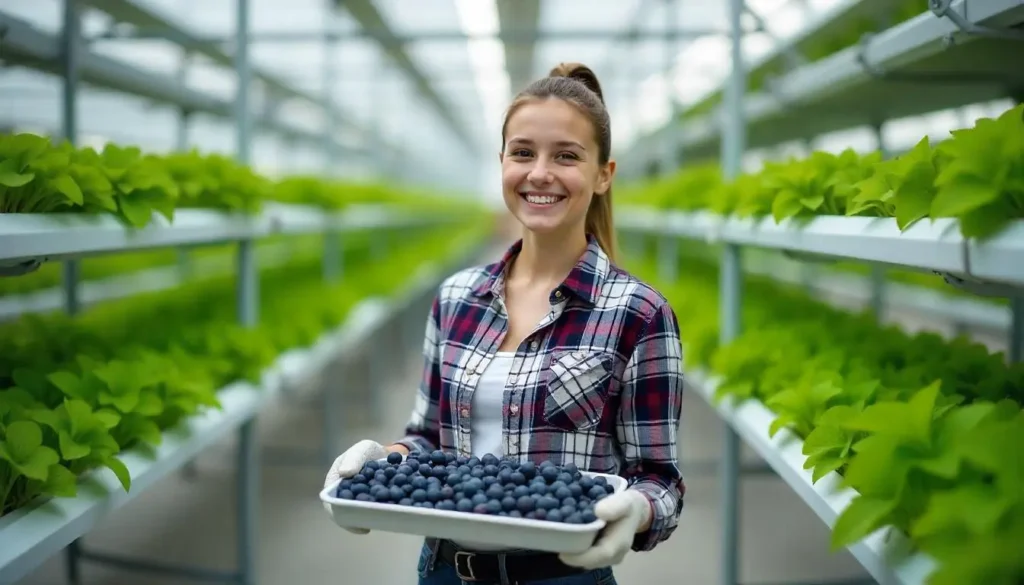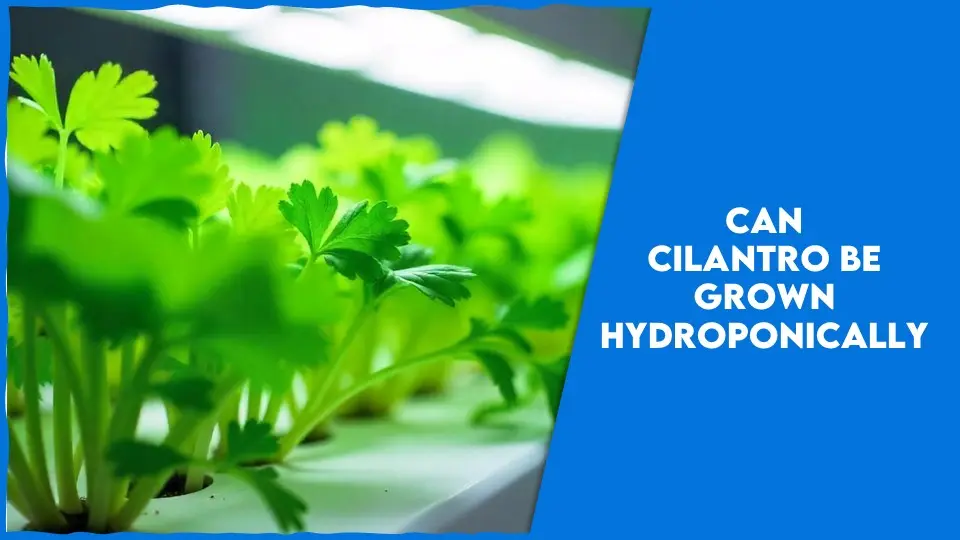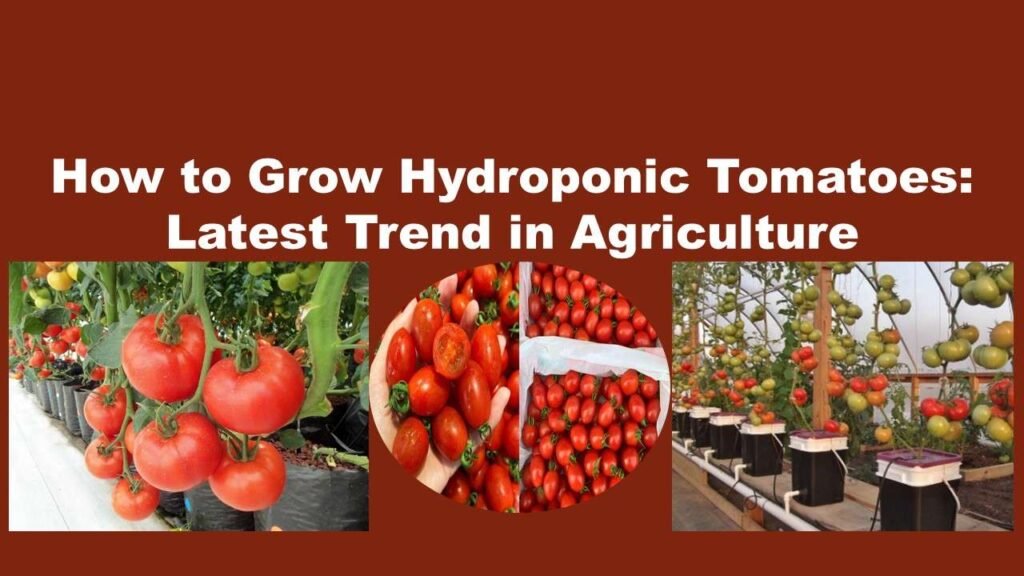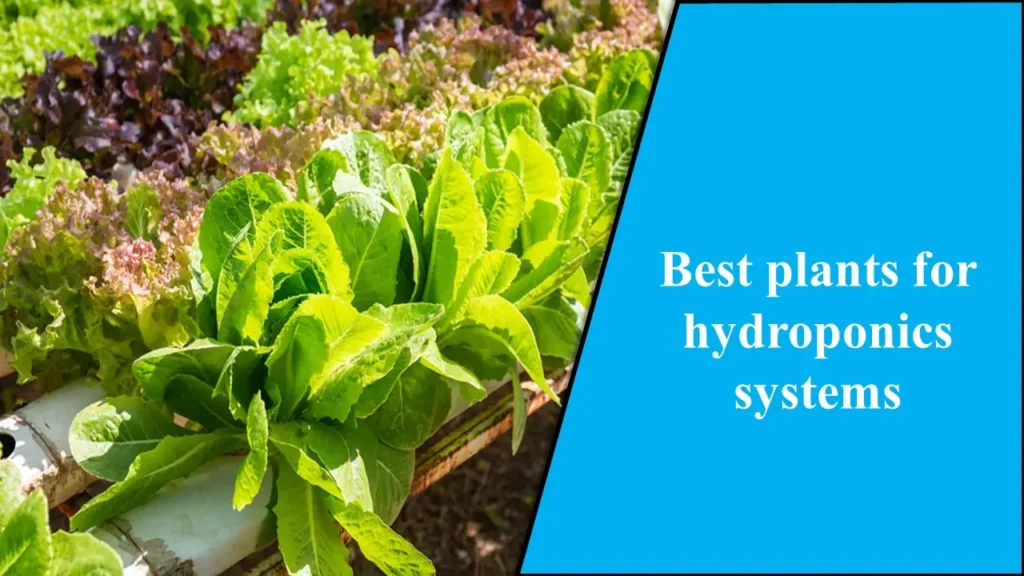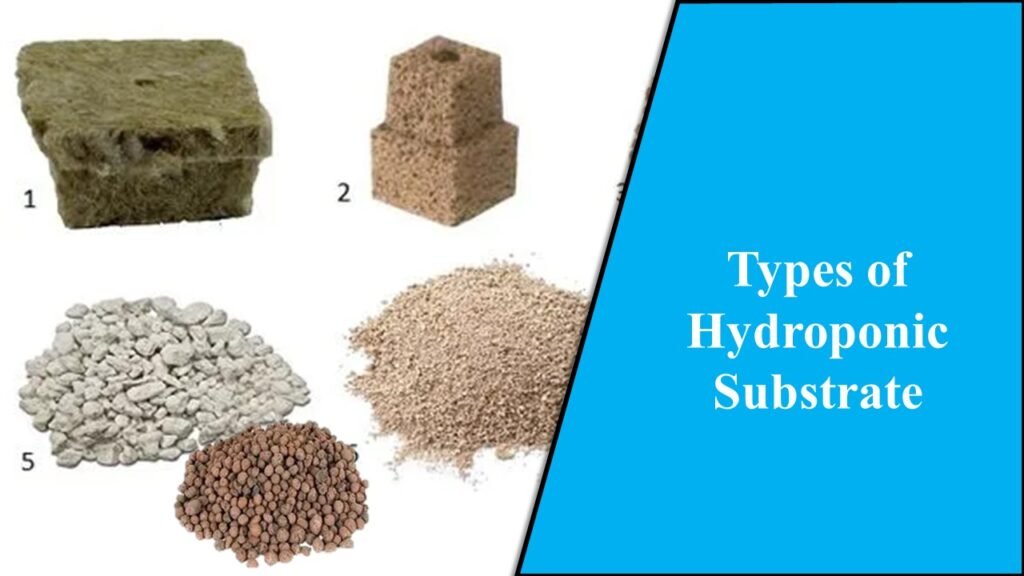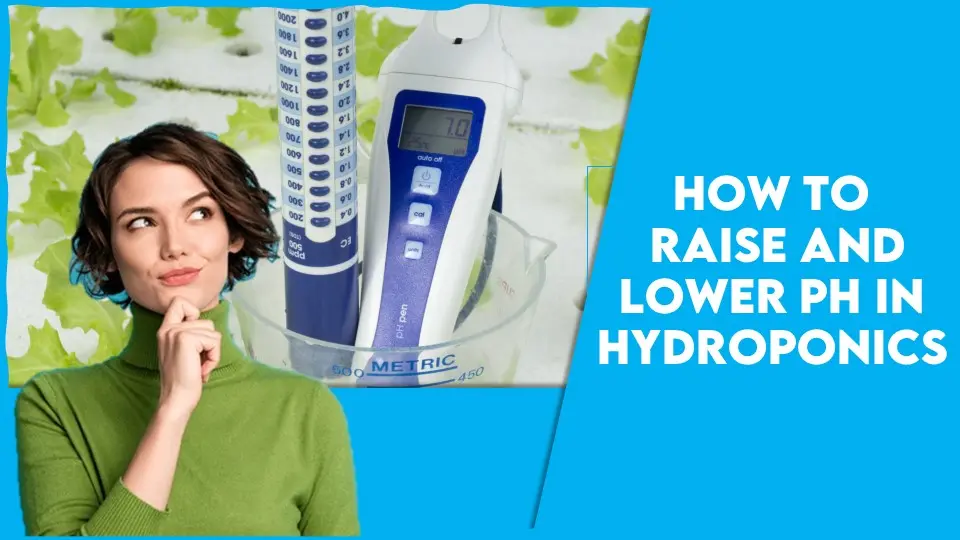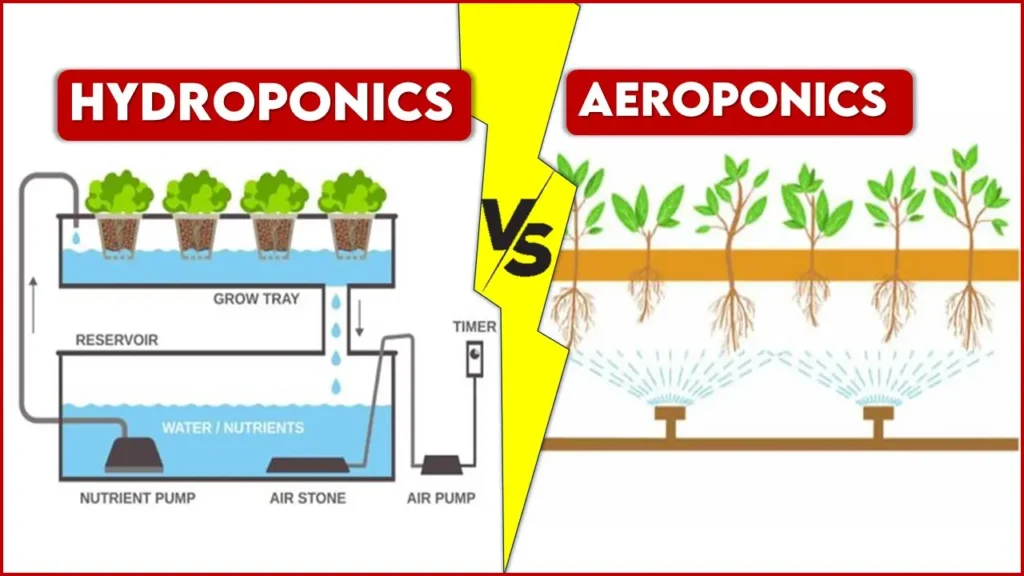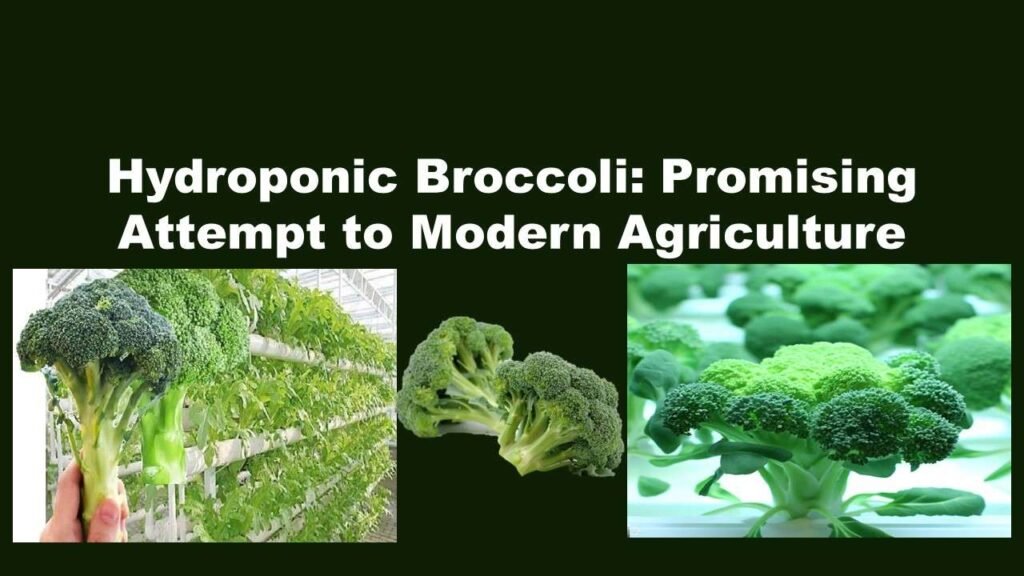Dutch Bucket Hydroponic System: A Perfect Technique
Dutch Bucket or Bato Bucket systems, as the name suggests, rely heavily on buckets as the core element of their growing methodology. The system can scale to any size needed for farmers, or it may consist of only one bucket. That’s the beauty of an easy yet efficient hydroponic approach. Dutch buckets are among the best hydroponic plant growth solutions, and they are trendy. They are inexpensive, flexible, reusable, and extremely connected. In this method, various growing materials are used and, is infinitely versatile. With a Dutch garden, the grower can efficiently employ water and space. Because of the system’s great aeration, your plants yield a lot of fruits.
If anyone wishes to cultivate large plants in the backyard, he can grow larger plants with the Dutch Bucket Hydroponic System, so there is less worry.
Lying Principle: Dutch Bucket Hydroponic System
The fundamental concept underlying the Dutch Bucket system is the ebb and flow method. This strategy is simply an alteration of this version. It functions by pressuring the nutrition onto a bucket, changing out the tray, and automatically restoring the nutrient to the reservoir. For any hydroponics grower, indoor or outdoor, the Dutch Bucket is without a doubt the most straightforward and most effective setup available.

Working of Dutch Bucket Hydroponic System
The buckets have to be filled with a growing media of any kind. For the plants to stand upright, the media should maintain moisture and provide support. Vermiculite is an example of a growth media. Water and nutrients are delivered to every bucket through the reservoir. A drip emitter needs to be installed above every bucket and attached to the pipe.
Upon being activated, the reservoir begins to pump water and nutrients to every bucket. The leftover water and nutrients are removed from the buckets by the drain pipe once the water achieves a certain level.
Growers have the option to drain entirely or to restore the water to the reservoir. While one can save more nutrients by draining back to the reservoir, this provides scope for nutritional imbalances.
Since nutrients are utilized by plants, their recited return to the reservoir means that ultimately the amount of nutrients will decrease, which is going to harm the plants.
This means that additional nutrients will be lost as they drain out of the reservoir. Experts refer to this as flow to waste. Nutrient unbalancing will also not happen if the removal away from the holding tank occurs.
Key Components: Dutch Bucket Hydroponic System
The Dutch Bucket Hydroponic System permits the grower to grow larger crops, which might not be feasible in other mediums, and to space the crops as much as one wants without wasting any kind of medium. The Dutch bucket system has become one of the most commonly employed techniques for producing a wide range of vegetables for all of these reasons and more.
Buckets
With a single bucket initially, one can start utilizing the Dutch bucket method of hydroponic farming and add more as needed. Each bucket has been created for just one crop. It is best to use buckets according to the right size of the crop that you want to plant.

A reservoir for water
This is a larger version of the buckets one uses to grow the crops for itself, or it may be a smaller tank. Water and nutrients are maintained in the tank and will be distributed between the buckets.
The Right Growing Media:
Choosing the right media for enormous or vining plants in a Dutch bucket Hydroponic System needs careful consideration initially.
The perfect growing material should be able to hold onto water while keeping a low moisture content and provide sufficient aeration to let the roots breathe freely. Important as well is plant support.

For this reason, the following media are suggested for this Dutch Bucket Hydroponic System: coconut, vermiculite, perlite, and hydroton.
These are all ecologically sound and beneficial to the environment, as they can hold an adequate ratio of air to water.
Any of these materials can be utilized on its own or mixed in various ratios with other types of media.
A Pump:
The buckets of water and reservoir tank are linked to the pump. When required, the pump shares the nutrients into several buckets.
A drainage pipe
Each bucket has this attached to itself. Excess nutrients that are found in the buckets are filtered out by a drain pipe.
Pros and Cons: Dutch Bucket Hydroponic System
Setup flexibility:
The Dutch Bucket Hydroponic System is extremely adaptable and versatile as it allows the gardener to set up as many buckets as he wants. This technique allows one to grow bigger crops as you can change the degree of distance between the buckets as required.

Easy to handle:
Since Dutch bucket systems are a type of drip system, they are not too hard to set up and maintain. A Dutch bucket system may additionally be built with common household supplies due to its simple layout.
Space Efficient:
Dutch bucket systems tend to be compact and efficient in terms of space reduction when compared to other hydroponic systems due to the buckets’ horizontal installation and orientation.
Can grow tall and huge plants:
This technique enables one to grow tall and large plants because the buckets are arranged horizontally and you can leave as much space between them as you need. If one is feeling adventurous, he can even grow trees (though you’ll require a very large bucket).
Separated buckets:
Since the buckets are not attached, general maintenance and the control of diseases and pests are far simpler.
Easy to Manage:
It makes it simpler for the farmer to maintain the system working and control the growth of the crops. It is easy to identify the damaged crop and eliminate it from the group of flourishing crops in the aftermath of a pest or disease situation.
Disadvantages:
Effort and Care Intensive:
To get the best out of the system, one must invest time in it and treat it with the greatest of attention. To prevent nutrient unbalancing, growers have to track the vitamins and minerals in the reservoir.
Rapid Spread of Diseases:
While it is simple to uproot an unhealthy plant, one has to recognize it early to prevent it from expanding. The swift spread of infections in this system requires immediate action because the buckets are arranged in lines together with a pump.
The flow rate adjustment is hard:
Similar to any other drip system, it takes some trial and error to achieve the flow rate exactly right. But once one has got it down well, it’s extremely easy to continue maintaining up a Dutch bucket system.
Numerous parts:
While Dutch bucket systems tend not to be the most complex, they have more individual parts than some other systems, such as wick or deep water culture (DWC), which contributes a little complexity to their design and setup.
Single reservoir:
If there is a problem with the quality of the nutrient solution or if disease evolves, the entire system will be affected because every container is linked to a common reservoir.
Suitable Plants to Grow:
This system’s architecture and design permit the growers to cultivate a wide range of crops in large amounts. It additionally allows gardeners to grow any type of plant that requires a lot of nutrients, particularly big, vining, fruit crops.
Thus, one can grow squash, pole beans, potatoes, peppers, cucumbers, and squash with the Dutch bucket hydroponic system. However, it seems that the most popular crop grown in this kind of system is tomato. Tomatoes are enormous, vining plants requiring support, so the Dutch Bucket is ideal for them.
Add two drippers or make the drip sufficient for larger plants or plants that require an abundance of nutrients.
A word of caution: one should tie up and support these enormous vine plants to guarantee their optimum alignment and growth.
The Confused Scenario:
The Grower usually gets confused between the Dutch bucket hydroponic system with the drip irrigation system and the ebb and flow hydroponics system.
In technical terms, a drip system resembles what the Dutch bucket hydroponics system is. There are two types of Dutch bucket drip systems.
Recirculating Dutch Bucket Drip System:
In a drip system, the reservoir tank always lies below the buckets in a recirculating system. The excess nutrient solution from each bucket flows into a common pipe, which then circulates the solution back to a reservoir tank. The solution flows back into each bucket through the drip system via the reservoir pump.
Run to Waste Drip System:
Since each of the buckets in this system does not share a nutrient-recirculating pipe, they do not need to be placed in rows as would be required in an ordinary Dutch bucket hydroponic system. The solution flows to each bucket through the drip system through the use of the reservoir pump. In a run-to-waste bag system, each bucket or bag that spills goes to waste.
The system of Ebb and Flow:
The Dutch bucket hydroponic system and Ebb & Flow hydroponic systems are quite similar. Each of them includes a bucket, a pump, and a reservoir. They are different from one another in certain areas, however.
The ebb and flow system’s buckets are first submerged in a shallow container containing the growing media after getting perforated. The requisite nutrients are introduced into this container using the reservoir pump.
Furthermore, in the ebb and flow system, the holding tank always rests beneath the container; in the Dutch bucket system, this is not the case.
Inference:
Beyond a doubt, the Dutch Bucket Hydroponic System is a robust yet simple-to-assemble hydroponic farming system for indoors as well as outdoors. So, overall, the dutch bucket is a wonderful hydroponic system that produces a wide variety of plants that can be built up to produce a large amount of nutritious food at home.
Latest Post
- Difference between NFT and DFT Hydroponics : What’s best for you?
- Can You Grow Watermelon Hydroponically : Hydroponic Watermelon
- Best Vegetables for Hydroponics System
- How to Grow Hydroponic Kale : Step by Step GUIDE
- How to Prevent Root Rot in Hydroponics
- Can You Grow Blueberries Hydroponically?
- Dutch Bucket Hydroponic System: A Perfect Technique
- How to Grow Basil Hydroponically: A Comprehensive Guide.
- Can Cilantro be Grown Hydroponically? A Step-by-Step Guide.
- Growing Hydroponic Tomatoes : how fast do hydroponic tomatoes grow
- Best Plants for Hydroponics Systems
- Types of Hydroponic Substrate
Join Our Hydroponics Growers Group!
Connect with fellow hydroponics enthusiasts, share your ideas, ask questions, and grow together as a community.
👉 Join WhatsApp Group

